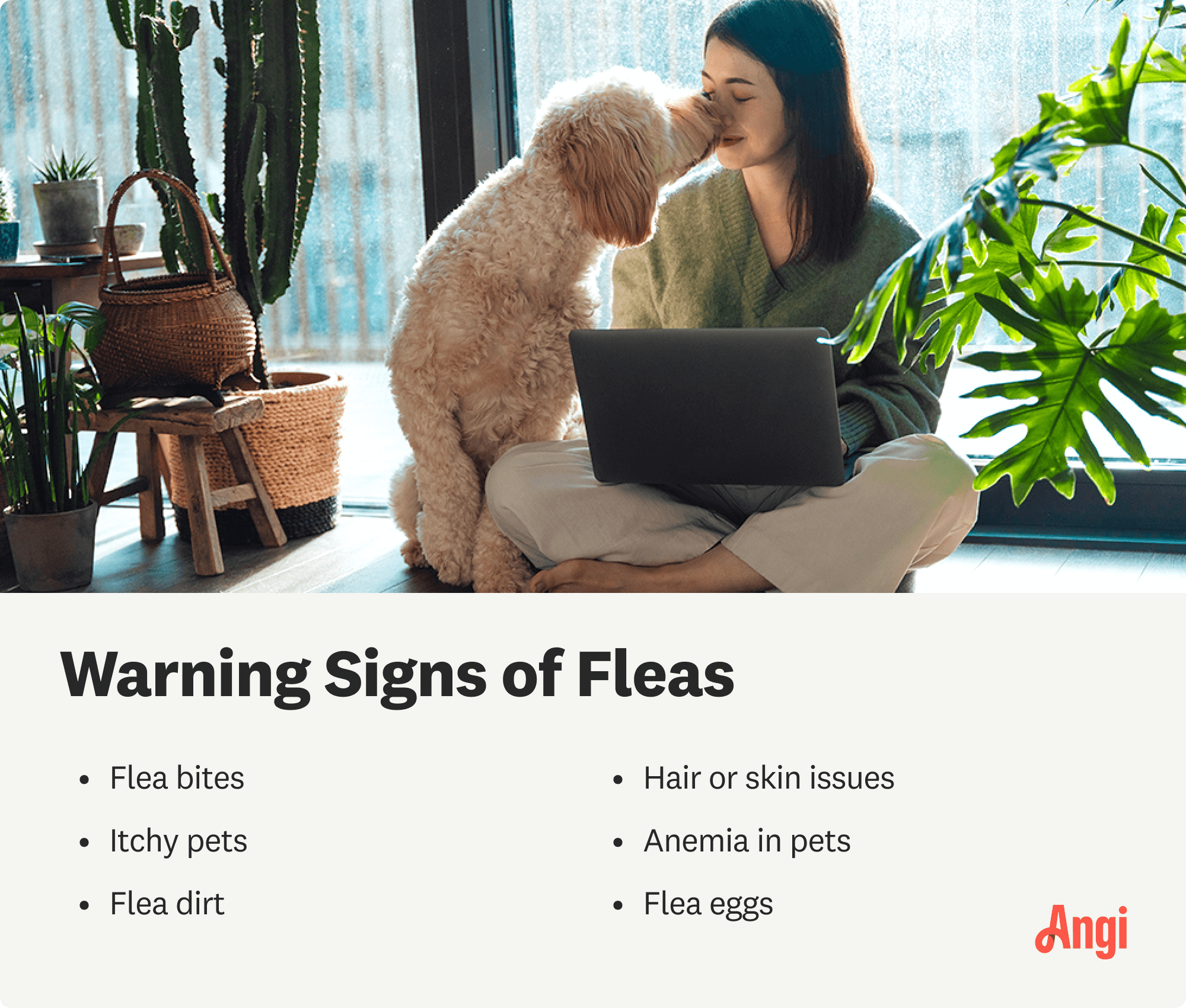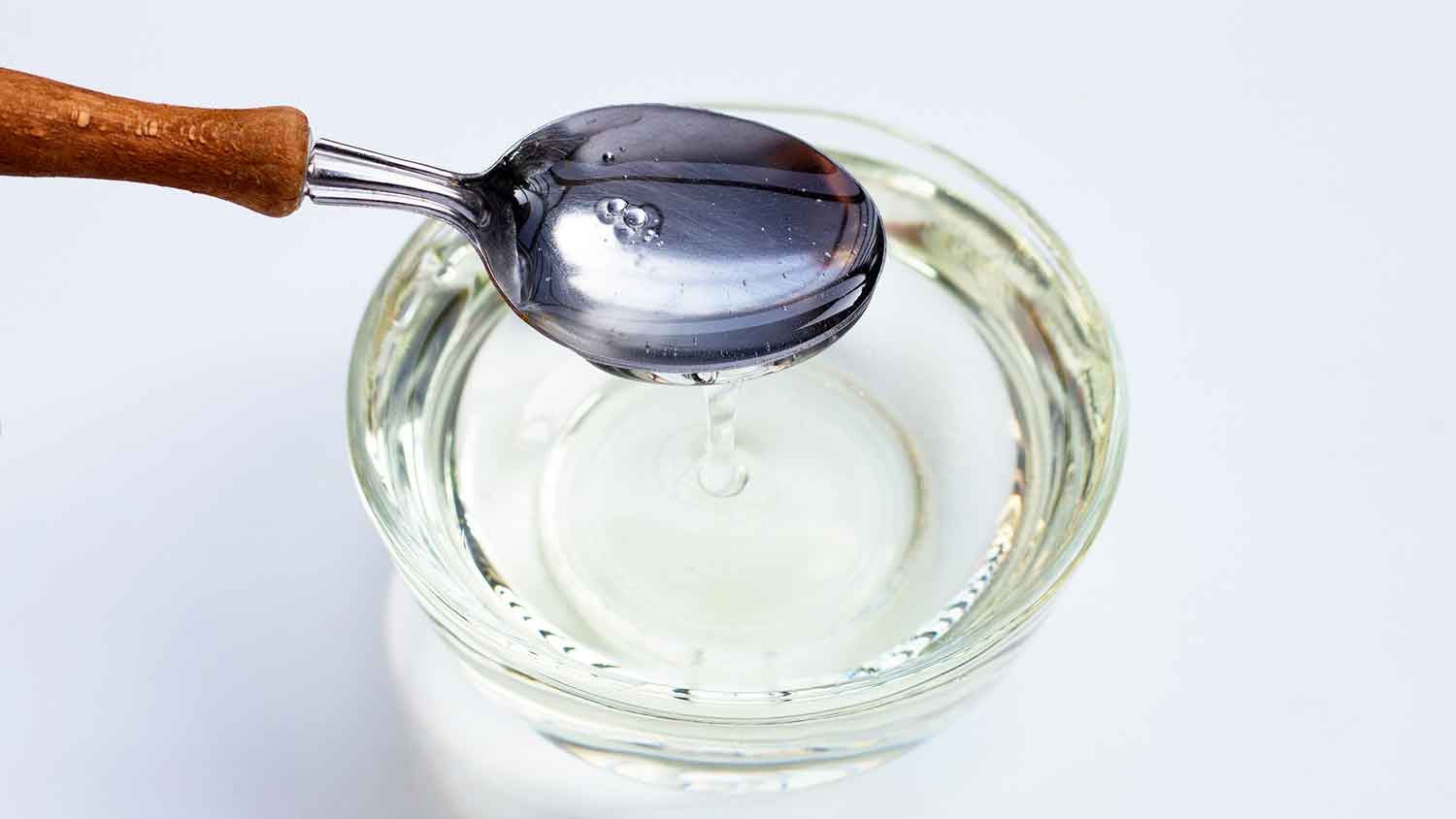
Moth infestations can cause damage to items in your home. Learn how much moth extermination costs and ways to save in this informative guide.
Make traps from scratch to end the scratching


While you can make a DIY flea trap for no more than $20, a flea exterminator costs between $75 and $400 and can complete the project faster and safer.
DIY methods may not be effective for major flea infestations. If you have a major flea infestation rather than a minor issue, you will need to reach out to your local pest control specialist.
Flea exterminators have access to professional-grade insecticides and treatment plans that target fleas at every stage of their life cycle.
Homeowners often underestimate the extent of an infestation or miss key hiding spots, which can lead to recurring problems without expert help.
Homemade flea traps, especially those using heat or light sources, can be dangerous if knocked over by children or pets.
If you’re looking for natural ways to kill fleas, you’ve come to the right place. These small but mighty insects can become a nuisance and potentially spread harmful diseases if not treated properly. Make a DIY flea trap from household ingredients to rid your home of these itchy pests.
Fleas find their way into many homes for a number of reasons, and it’s often not your fault.
Here are the main ways fleas get into your house:
On pets and stray animals
From wildlife, like raccoons and squirrels, that come to your yard
Humans who have been in infested environments
Through cracks in the floor and holes in your window screens
Gaps around your doors and windows
On used furniture, clothing, and linens
Different things can attract fleas to your home, including an overgrown lawn, clutter, warmth, and light.

Look for signs of fleas if you suspect them on your pet or in your home. Catching them earlier rather than later can save a lot of strife and expense.
Here are some defining features of fleas and signs that they may be in your home:
Tiny (1/8-inch long) oval, reddish-brown or black bugs
Flat bodies
Wingless bugs with six legs, including large hind legs for jumping
Itching and irritation in your pets, you, or your family members
Small, dark specks that resemble pepper (flea feces) on carpet, bedding, and pet areas
Pale gums in your pets
Use a flea comb with fine teeth to look through your pet’s fur, or walk around your home with white socks to spot fleas that jump on you. If you don’t have pets but are still dealing with tiny pests, you might actually have bed bugs.
You can make three types of DIY flea traps with household ingredients, including dish soap, corn syrup, or double-sided tape. Set up traps in areas where you’ve spotted fleas, such as near where your pet sleeps or spends the most time. Fleas hide in spaces like pet beds, pet bowls, near linens, upholstered furniture, or carpeting.

The best homemade flea trap is a mixture of dish soap and water in a shallow dish. The soap makes the bugs sink to the bottom. Lay a towel under your trap, and place the trap in an area where you’ve noticed fleas.
Pour water into a shallow dish.
Add 1 to 2 tablespoons of liquid dish soap and mix it in with a spoon.
Consider adding Alka-Seltzer to make the trap even more effective.
Add a nearby light source, such as a desk lamp, and leave all other lights off.
Leave the trap overnight (the rest of the room should be dark except your light). Make sure no pets or children are in the space—electricity and water pose a significant safety risk should the trap or light get bumped.
Pour out the mixture and reset for the following night.

Fleas stick to the corn syrup as they jump toward the light in this DIY trap. Make the trap in a shallow dish, such as a pie plate or cookie sheet with edges.
Mix equal parts corn syrup and water and bring it to a boil in a pot.
Turn off the heat and let the mixture cool completely.
Pour the mixture into a shallow dish.
Turn on a desk lamp above the flea trap and leave all other lights off.
Let the trap sit overnight. Make sure no pets or children are in the space.
Clear the trap in the morning and reset it for the next night.

Create a sticky pad with a light to attract the fleas and catch them when they jump.
Cover a piece of cardboard with double-sided tape.
Turn on a desk lamp near the trap, but leave all other lights off.
Leave the trap to sit overnight.
Refresh the trap when it gets too full of fleas.
The life cycle of a flea is long, up to 100 days. If you don’t get rid of fleas as soon as you notice them, you risk further infestation and complications for you, your home, and your pets.
Here are the main risks of not addressing fleas:
Harder to eliminate, especially if they’ve laid eggs
Severe skin issues and itching for you and your pet
Constant scratching and skin breaking, increasing the risk of impetigo and cellulitis
Pet hair loss
Allergic reactions, such as hives or rashes
Disease transmission, such as flea-borne typhus and bartonellosis
Anemia in pets due to significant blood loss
Financial strain
Psychological stress
Full home infestation in bedding, furniture, and carpets
Here are the best ways to prevent fleas:
Regularly check your dogs or cats for fleas.
Bathe your pets weekly to keep fleas at bay.
Vacuum and sweep your home regularly.
Clean window sills, vents, and gaps in your windows and doors.
Deep clean your pet’s favorite areas and their bedding.
Clean furniture regularly with wood or upholstery cleaner.
Regularly wash sheets and bedding on a hot setting.
Sprinkle baking soda near the base of your furniture.
Keep your yard well-maintained and remove clutter, debris, and lawn waste.
Limit contact with stray animals and wildlife.
Clean floors and baseboards regularly.
Consult your veterinarian about using flea collars or topical treatments.
A DIY flea trap can cost next to nothing if you have the tools and materials on hand. If you have to purchase a few items for the trap, you likely won’t have to spend more than $20 total.
This DIY cost is a far cry from flea exterminator costs, which can range from $75 to $400. However, a flea trap is best used for a small problem and not a major infestation, which would require the help of your local pest control specialist.
Robert also provides my lawn care. He pays attention to detail, is a pleasure to work with. I am so happy with the patio he built and the lawn care he provides. Very trust worthy and fabulous!
This company was knowledgable, fast and attentive to detail. The owner, Cameron, was very helpful with working around my schedule and taking the time to answer my questions. I would definitely recommend them for any pest or lawn issues.
Punctual, professional & priced right. Did a great job & would rehire them.
When I called to ask about the services, imagine my surprise when I was told not only could they come out the next morning...but THEY WOULD CALL 30 MINUTES PRIOR TO SHOWING UP AT MY DOOR! Yes, I know that seems like a small thing, but I've been complaining about other service companies (pest...
From average costs to expert advice, get all the answers you need to get your job done.

Moth infestations can cause damage to items in your home. Learn how much moth extermination costs and ways to save in this informative guide.

The invasive spotted lanternfly makes a mess and causes serious damage to the environment. So, how much does spotted lanternfly treatment cost?

Bats may have their benefits, but you don't want them taking up residence in your home. This guide will help you understand bat removal costs.

While some rodent-borne illnesses are a thing of the past, rats can still cause serious illness. Read up on four rat-related diseases and how to avoid them.

Knowing who to call to remove a wasp nest can keep you and your loved ones safe from harmful stings. This guide outlines who to hire.

If you see a mouse hole in the wall, it’s time to seal your house from mice. Our guide will show you how to safely and humanely seal a house from mice.